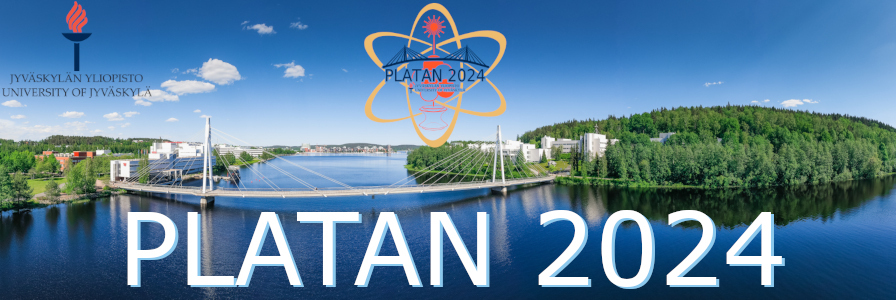Speaker
Description
Selective and efficient ionization using multi-step resonant laser excitation processes has become the most versatile and widely used technique in the production and study of exotic species, both for research on their atomic or nuclear structure at the different on-line facilities worldwide as well as for applications in isotope purification for fundamental investigations or for the production of nuclear medical radioisotopes. The key shortcoming of the inevitable occurrence of interfering non-selective surface ionization on hot surfaces of the laser ion source unit has been successfully addressed by the development and implementation of the laser ion source trap (LIST), which ensures the suppression of the isobaric background by orders of magnitude with only a moderate loss of efficiency [1,2].
Based on the early, rather sophisticated concepts of the LIST formulated 20 years ago [3], several adaptations - both simplifications and specific refinements – have led to a variety of applications. Today, aside from isobar suppression, these focus on direct high-resolution in-source laser spectroscopy on hyperfine structures and isotope shifts of rare species off- and on-line in the (PI)-LIST [4,5]. Furthermore, the recent upgrade to the field ionization (FI)-LIST has paved the way for the precision determination of ionization potentials on exotic species [6]. After a brief review of the development steps from the first LIST concept, the presentation will focus on the investigations carried out on stable and long-lived radioisotopes performed at the off-line RIB facility RISIKO of Mainz University using the PI- and FI-LIST.
[1] D. Fink et al., NIM B344, 89 (2015)
[2] D. Fink et al., Phys. Rev. X5, 011018 (2015)
[3] K. Blaum et al., NIM B204, 331 (2003)
[4] T. Kron et al., Phys. Rev. C102 034307 (2020)
[5] R. Heinke et al., NIM B541, 8 (2023)
[6] M. Kaja et al., NIM B547, 165213 (2024)

